Coldresistant | These 15 kinds of flowers are super frostresistant, they won’t die even at 8℃, and they grow more and more vigorously!
The temperature is getting lower and lower. If it continues like this, the flowers at home will be frozen if not dead! What to do? Today, Huahua recommends 15 super frost-resistant flowers that bloom in autumn and winter and will not die even at a low temperature of -8℃. Check to see if you have these flowers at home!
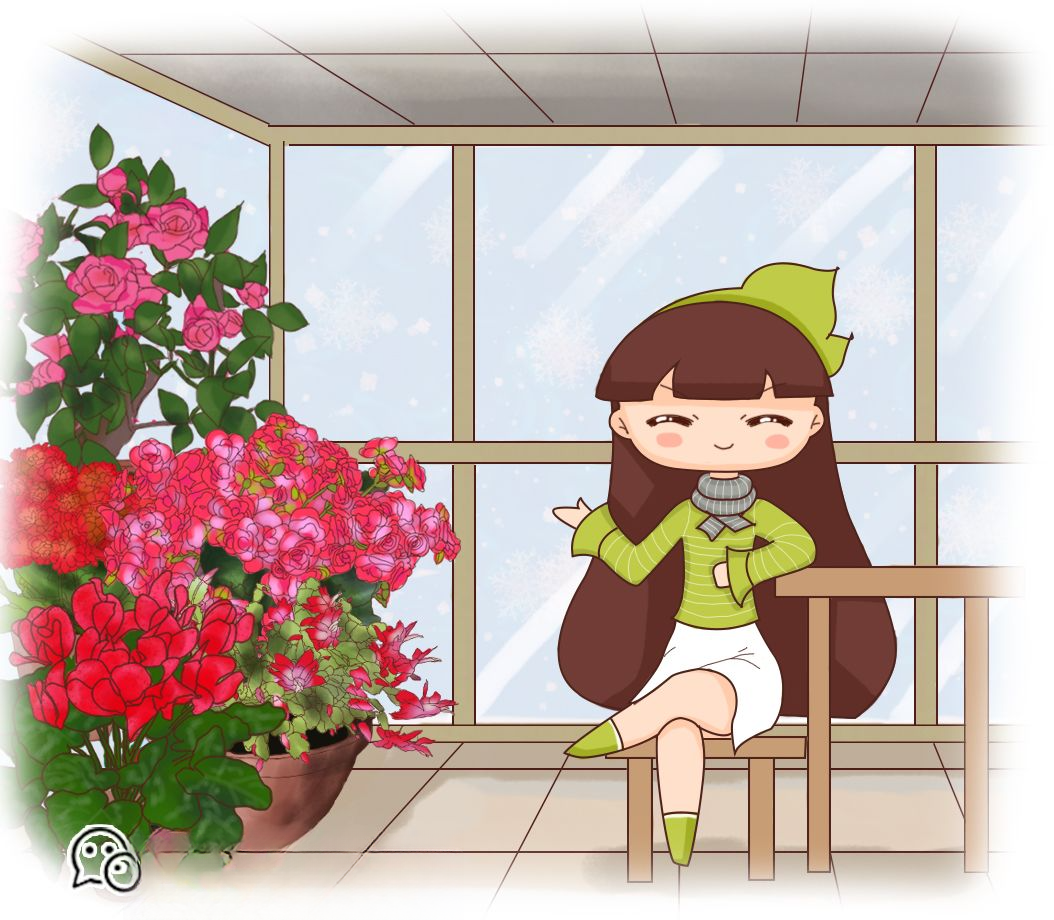


Camellia - Still growing despite heavy snow
Minimum temperature resistance: -10℃
Camellia is very resistant to low temperatures. Last year, I saw a flower lover in Henan who grew camellia outdoors. All the branches were covered with heavy snow, but the camellia was still growing normally. The temperature was at least -10℃ at the time!
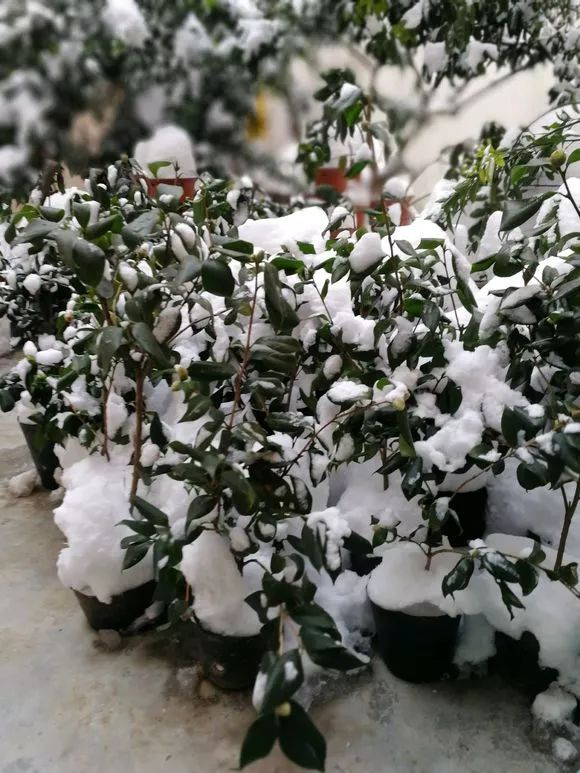
Maintenance points
1. Different varieties of camellia have different cold resistance, but generally speaking they are not afraid of cold. They can be grown outdoors in the south in winter, but in the north they have to be brought indoors at the latest in mid-November.

2. Camellia should not be placed next to the radiator. The temperature is high and the humidity is low. The camellia will sprout prematurely and consume nutrients, making it difficult to bloom in the spring.
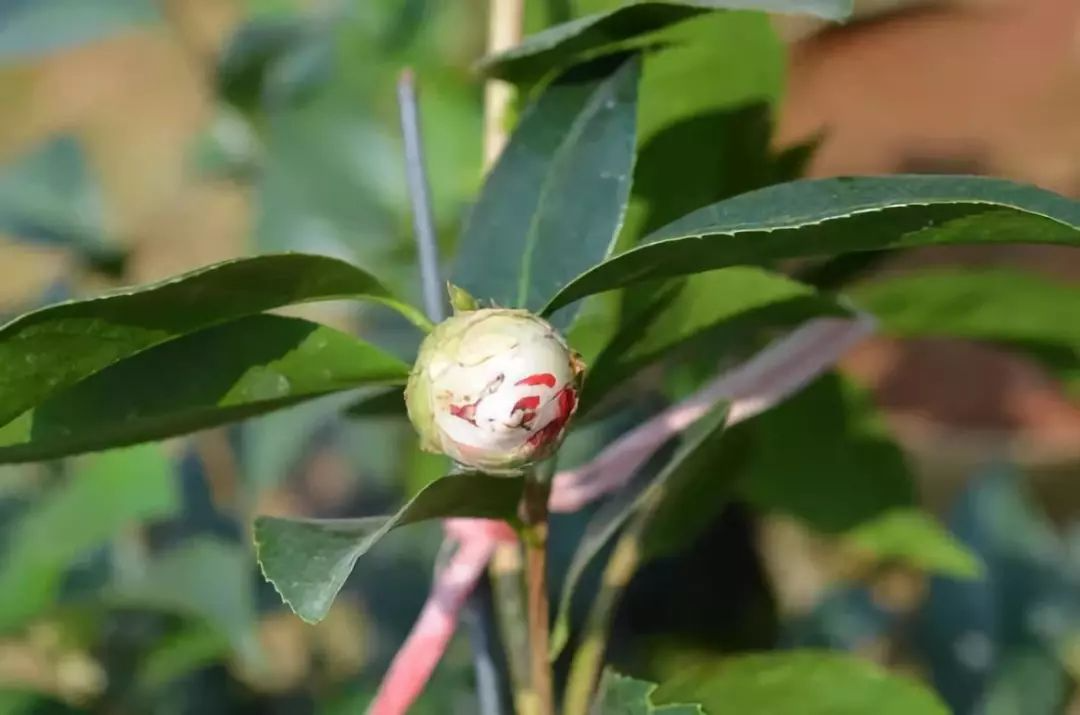
3. When growing camellia in the north, use orange peel water or fermented rice water to water the flowers to improve the soil pH. You can also use stored rainwater or snow water. Apply phosphorus and potassium fertilizers frequently in autumn, and add nitrogen fertilizers after the flowers fade. Stop fertilizing when the temperature drops below 5°C.
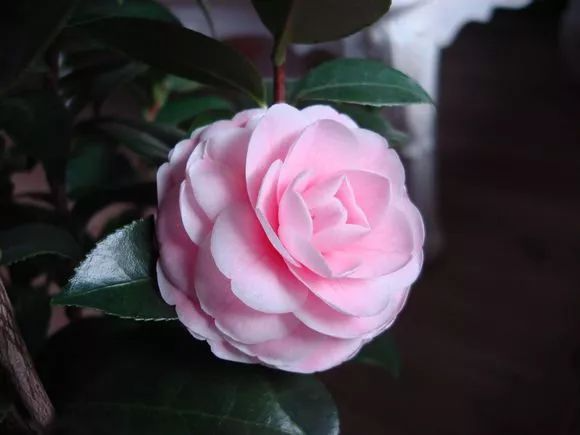

Chrysanthemum - It won't die in the southern weather
Minimum temperature resistance: -5℃
Conservatively speaking, chrysanthemums can withstand temperatures as low as -5°C, so they can be grown outdoors in the south without any problems; many varieties will not die even at temperatures below minus ten degrees Celsius.
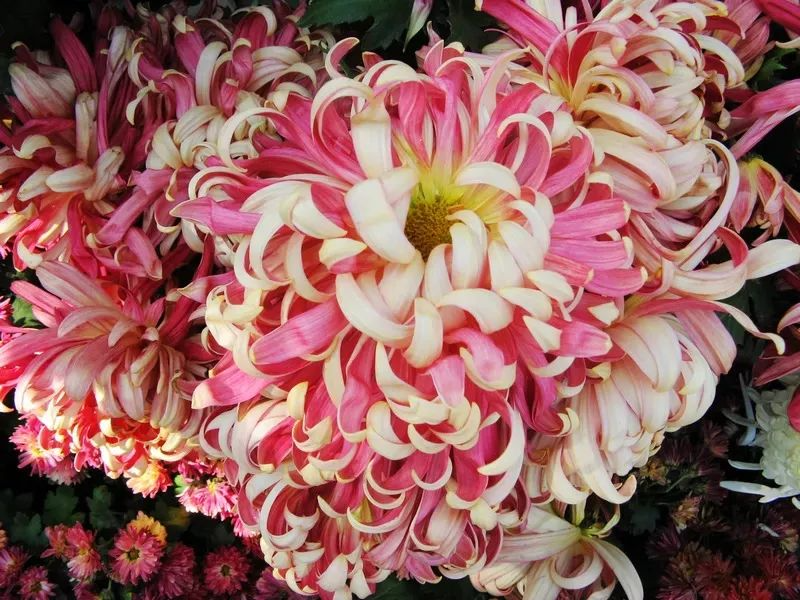
Maintenance points
1. In autumn, the peak growing season, water the plant with a little fish intestine water or alum fertilizer water every week, and irrigate the roots with some potassium dihydrogen phosphate to promote the formation of flower buds. After the flowers fade, cut off the withered branches and at least half of the old branches. Add a thin layer of nitrogen fertilizer after pruning.
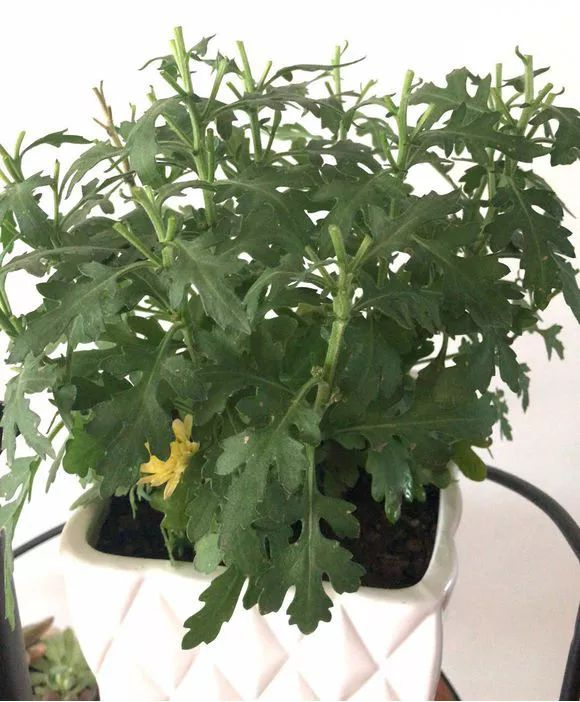
2. For ground-planted chrysanthemums, you can cover the surface of the pot with some hay or fallen leaves to protect them from the cold. For indoor chrysanthemums, it is best to place them in a sunny, sheltered place, and the temperature should not be too high to prevent them from growing too tall.
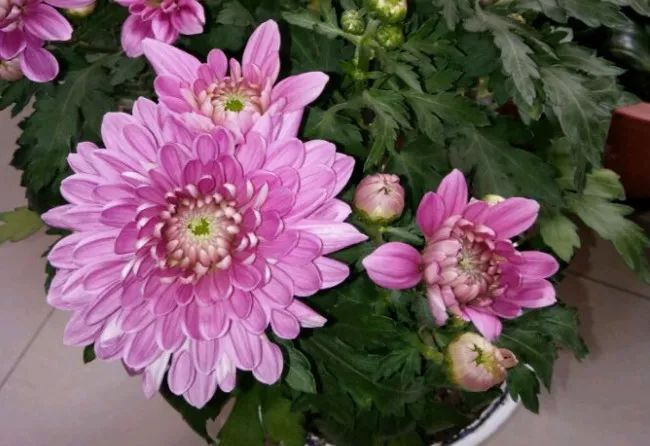

Azalea - The colder the winter, the more flowers bloom in spring
Minimum temperature resistance: -5℃
Different varieties of azalea have different cold resistance levels, but most can survive the winter outdoors in the south at -5℃.
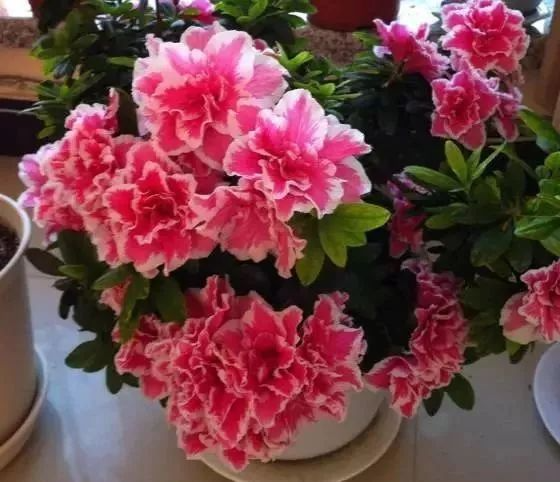
Maintenance points
1. For azaleas grown outdoors, to be on the safe side, you can put a plastic bag outside the flowerpot and poke holes in it for ventilation, which can help keep warm and moisturize.
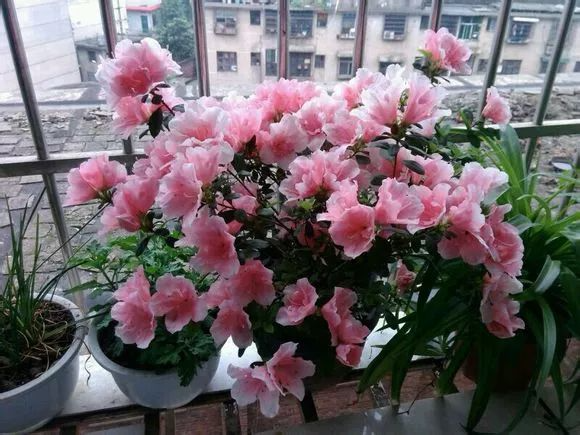
2. Indoor azaleas must be placed in a place with diffuse light and sheltered from the wind. The temperature should not be too high. If there is floor heating at home, it is best to place the flowers on a flower stand, otherwise it will affect the size and amount of flowers in spring.
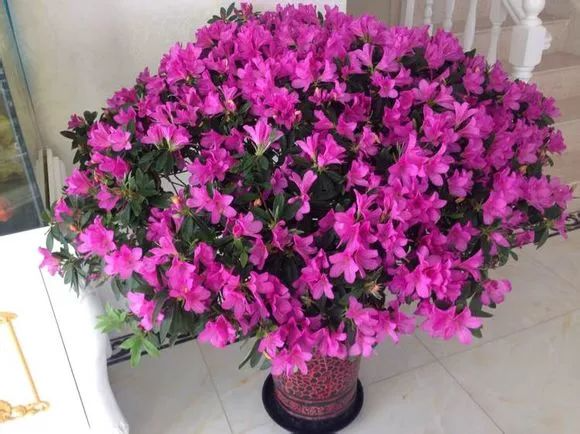
3. When watering, wait until the surface of the pot is dry before watering, and spray water around the plants more often. No fertilizer is needed in winter, just apply base fertilizer once after January.


Amaryllis - Throw it on the balcony and it won't freeze to death
1. Minimum temperature resistance: -10℃
Many flower lovers leave amaryllis on the balcony for the entire winter. Even if it is covered with heavy snow and the temperature drops to minus 12 degrees Celsius, it does not die and the bulbs are still good, which is very strong.
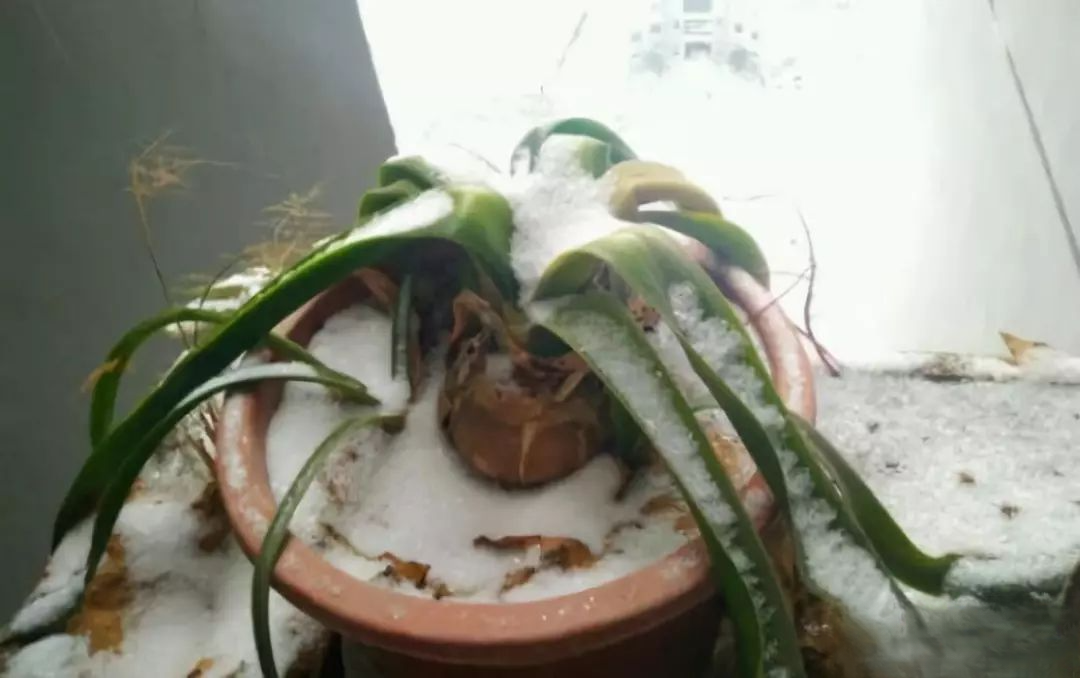
Maintenance points
1. In late autumn, the growth rate of Amaryllis slows down. Don't water it too much to prevent the bulb from rotting. Apply a thin layer of compound fertilizer once a month and stop fertilizing after winter.

2. For amaryllis grown outdoors, do not water it in winter and do not cut its leaves. Let it dormant naturally and leave it dry. After the New Year, remove the leaves, move the flowerpot to a warm place, water it thoroughly, and it will sprout soon.
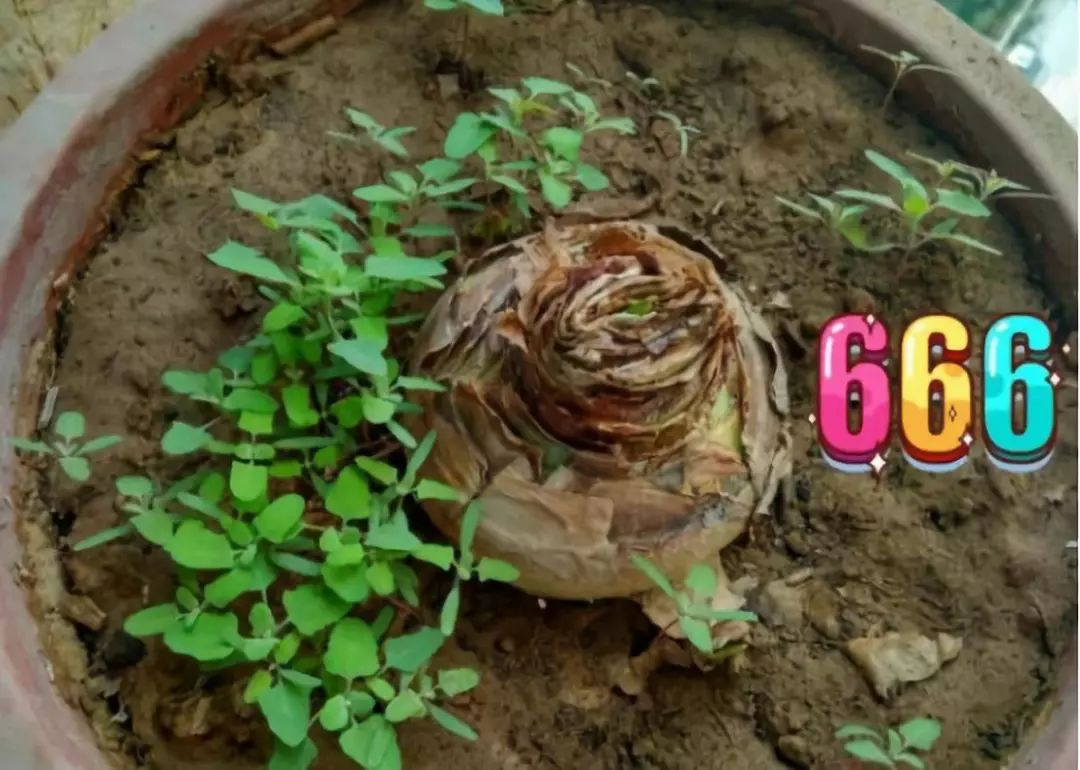

Narcissus - Indoor hydroponics are not afraid of cold
Minimum temperature resistance: -5℃
Many people doubt the cold resistance of daffodils, but they are not as fragile as you think. Others' ground-planted daffodils have gone through three heavy snowfalls with their flower buds, and nothing happened↓
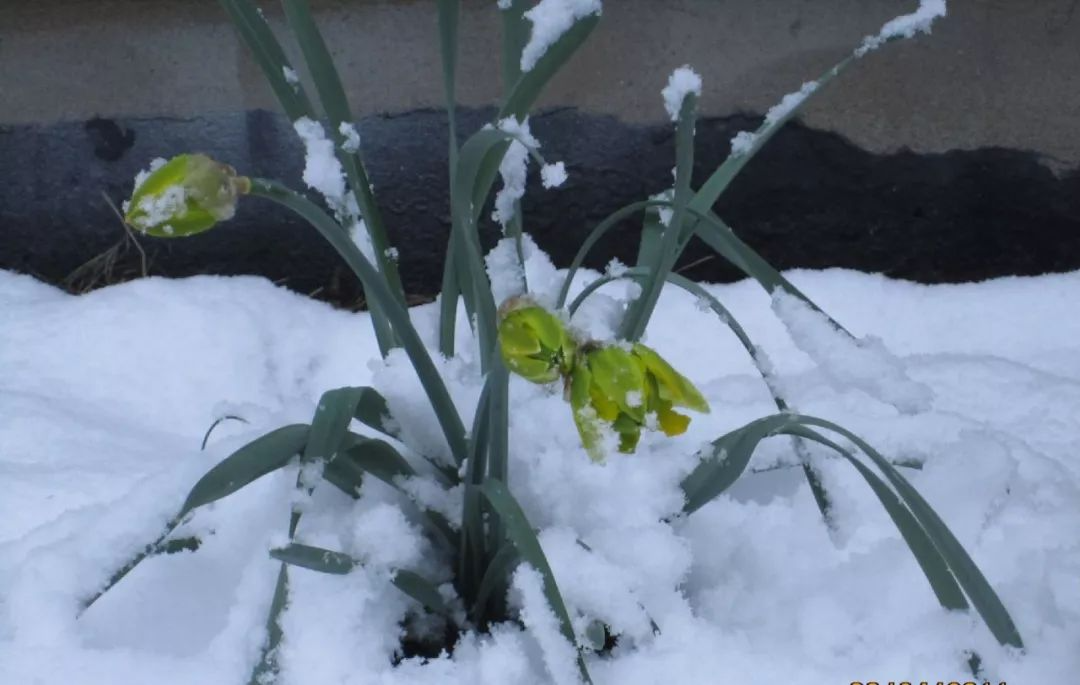
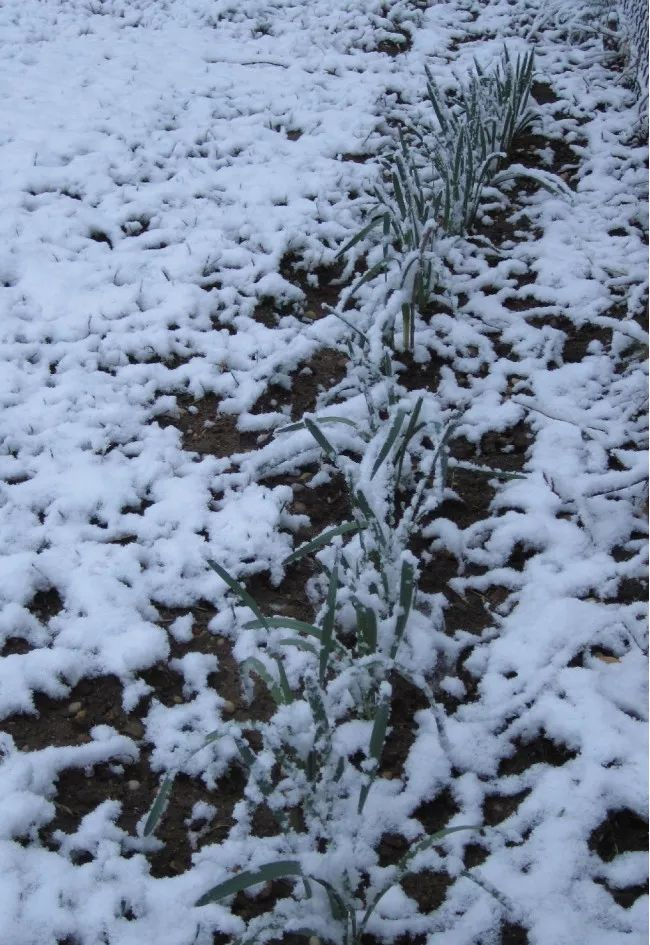
Maintenance points
1. For indoor hydroponic daffodils, keep the temperature above 5℃ and they can grow normally. For potted daffodils, they need to be brought indoors after November and watering should be reduced. For ground-planted daffodils, there is no problem overwintering outdoors.
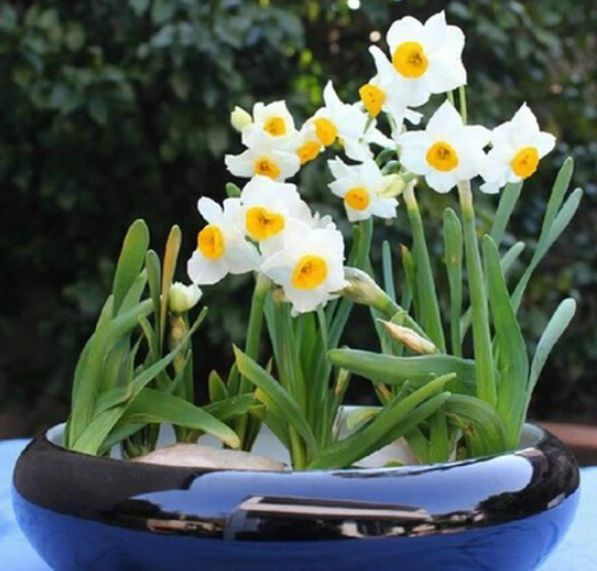
2. If you want it to bloom well, you must ensure sufficient light. When the weather is clear, move it outdoors to dry in the sun, and then move it in in the evening. You don’t need to water it too much. Water it in the morning, pour it out in the evening, and don’t water it at night to let the roots dry.
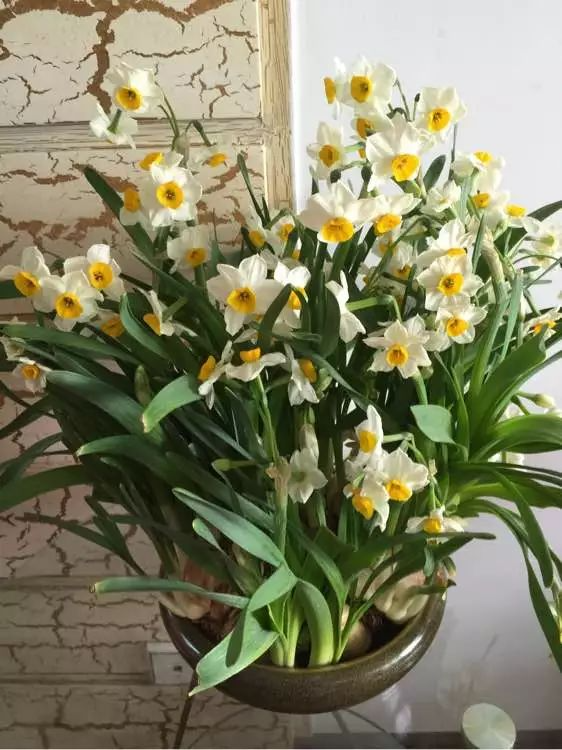

Kalanchoe – blooms for 3 months in winter
Minimum temperature resistance: 0℃
Kalanchoe is particularly hardy and easy to grow, and has an above-average cold tolerance. It can be grown outdoors in the south at temperatures above 0℃, but should be moved indoors in extreme weather. In the north, it should be brought indoors after November.
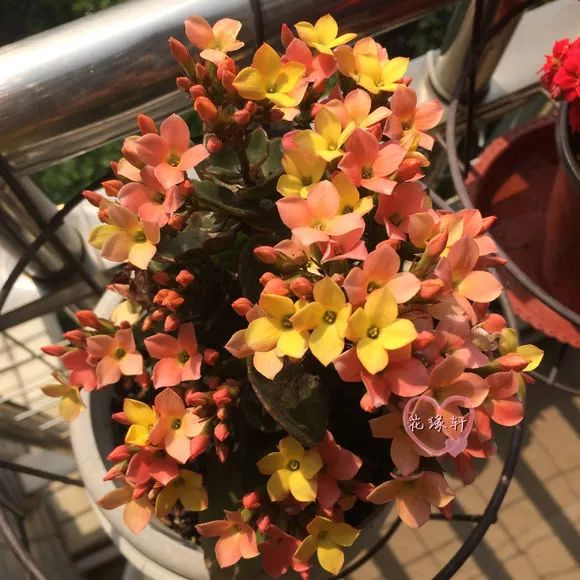
Maintenance points
1. Now is the peak growth season for Kalanchoe, so you must keep up with the fertilizer and watering. You can use decomposed rice water, fermented bone meal, waste oil, or topdress with potassium dihydrogen phosphate solution.
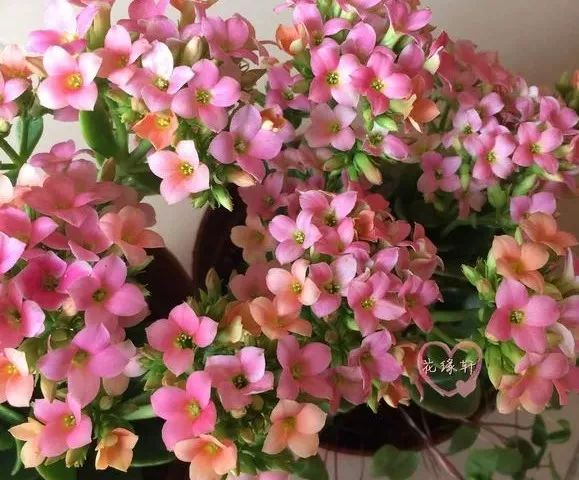
2. Do not water too frequently, once every 10 to 15 days is enough, otherwise the roots will easily rot; after flowering, the first batch of flowers will be small and ugly, so they should be pinched off, and the flowers will bloom well later.
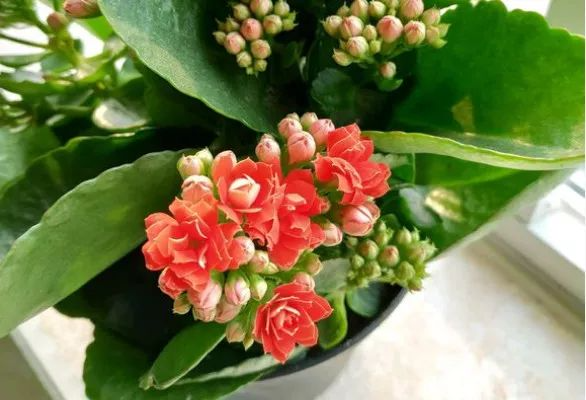

Cyclamen - It can grow even faster in cold weather
Minimum temperature resistance: 0℃
Cyclamen prefers a cool environment and is the most popular flower during holidays. It has moderate cold resistance and is best moved indoors after winter, whether in the south or the north.
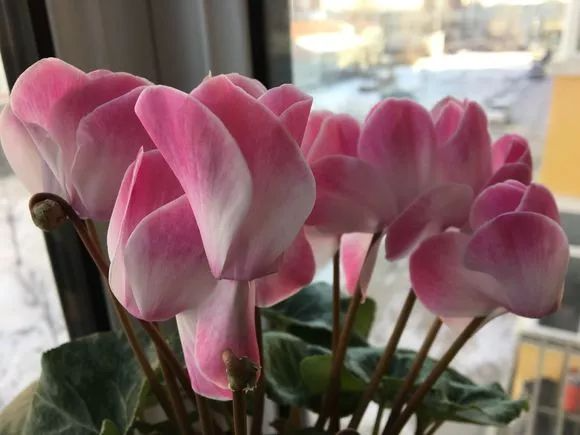
Maintenance points
1. Cyclamen is a short-day plant and is very shade-tolerant. It can bloom with a little scattered light. It can be placed indoors on an east-west balcony or in a bright living room in winter.
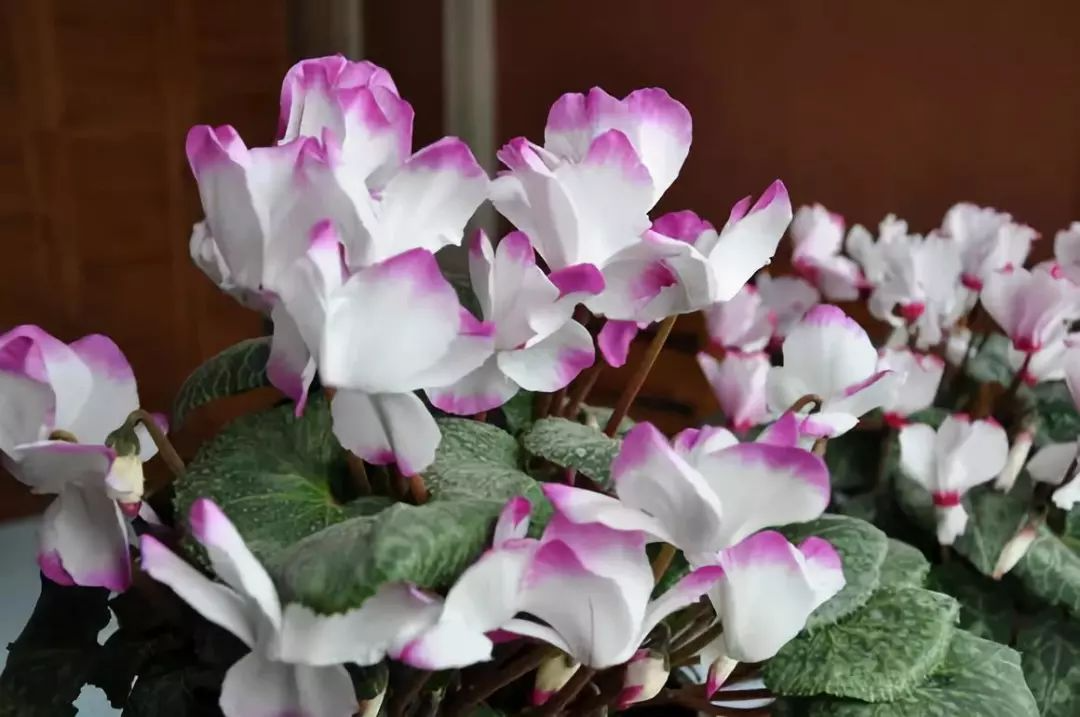
2. October to December is the peak growth period of cyclamen. Apply compound fertilizer once a week and keep the potting soil moist but not waterlogged.
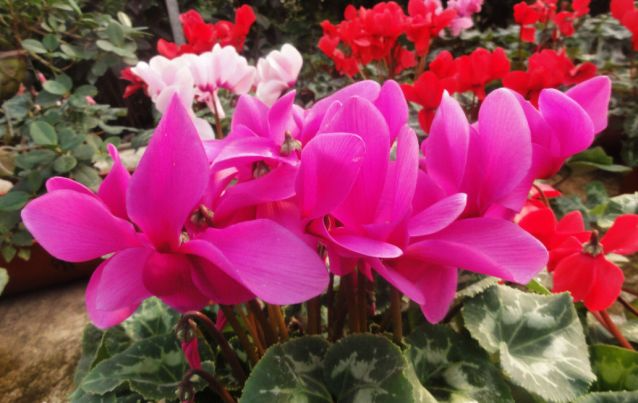
 Transaction guarantee Huahua Preferred Mall boutique cyclamen, many flowers, long flowering period Mini Program
Transaction guarantee Huahua Preferred Mall boutique cyclamen, many flowers, long flowering period Mini Program

Tulips - the colder it gets, the more they bloom
Minimum temperature resistance: -14℃
Tulips can be said to be the most cold-resistant of all bulb flowers. Except for the Northeast, they can be grown outdoors over the winter in most parts of the country.
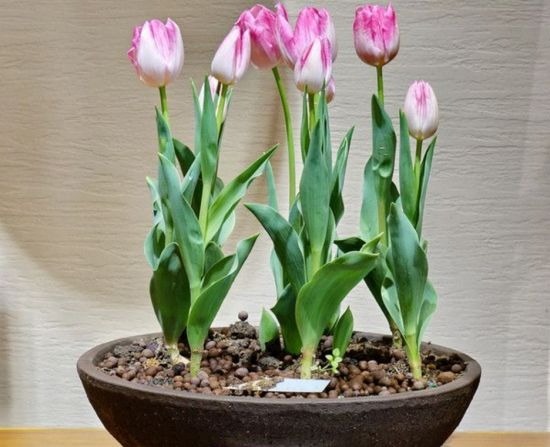
Maintenance points
1. Now is the perfect season to plant tulips. Soak the bulbs for disinfection, then bury them in the soil, cover them with 2 to 3 cm, water them thoroughly, and place them in a cool and ventilated place.
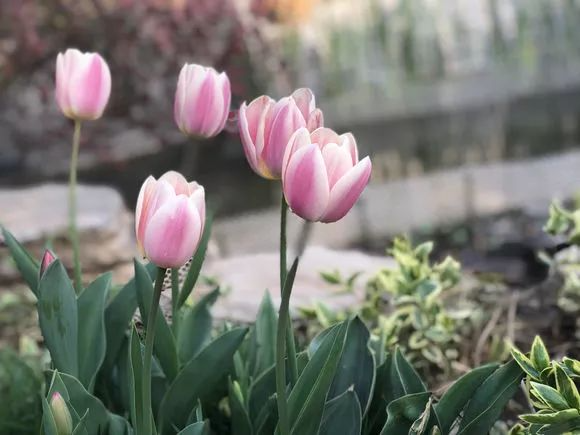
2. Do not expose newly planted tulips to the sun. Wait until the seedlings emerge before exposing them to the sun. Water when the soil is dry, but not too much to avoid bulb rot. Apply decomposed cake fertilizer water once every 10 days during the growing season.
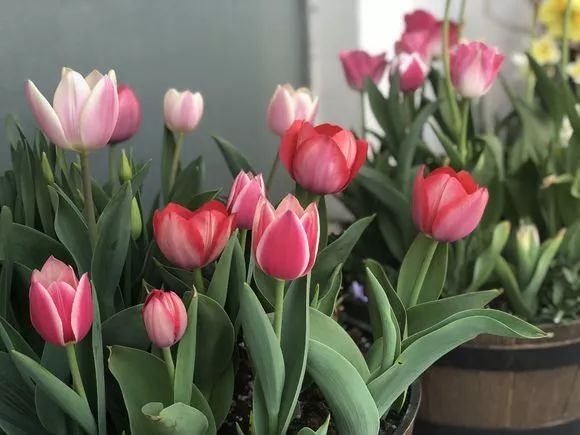

Guanyin Lotus - the immortal herb that can't be killed by freezing
Minimum temperature resistance: -10℃
The Alocasia odora is very cold-resistant, otherwise it would not be called the immortal grass. It can survive freezing at -10℃ in winter, can be grown outdoors at above -5℃, and can grow normally at above 0℃.
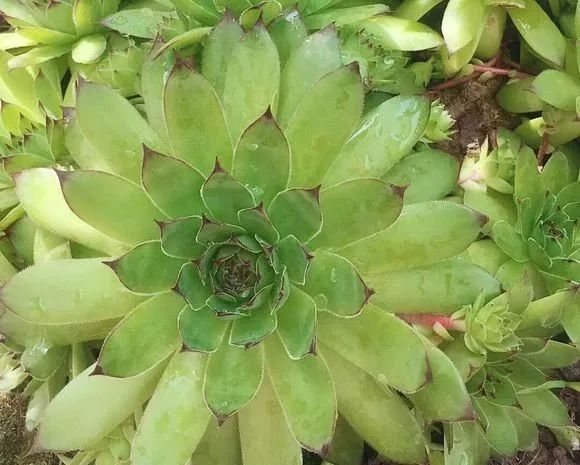
Maintenance points
The Alocasia odora has a particularly strong ability to produce young. In winter, water it less and expose it to more sunlight. Apply a little thin liquid fertilizer every month and stop fertilizing when the temperature is below 0℃.
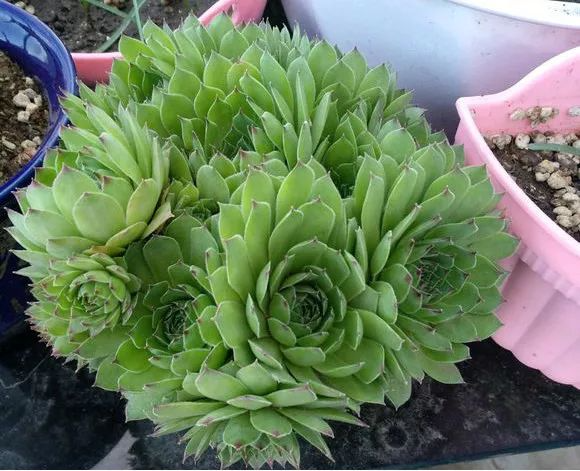

Alumroot - the most cold-resistant palette
Minimum temperature resistance: -15℃
Alum root is very cold-resistant, -15℃ is the conservative temperature, in many places it can be grown outdoors at -20℃, the roots and rhizomes will not be affected, and it will still sprout in spring!
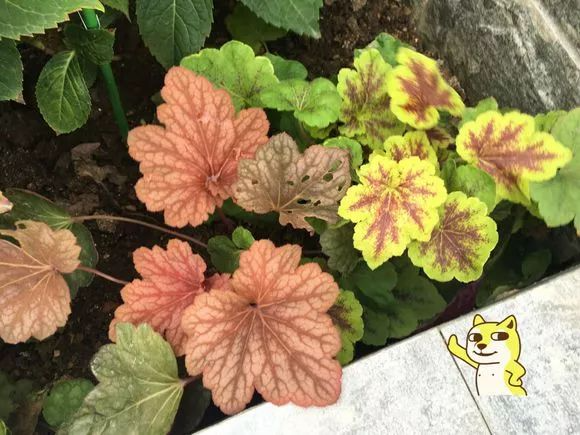
Maintenance points
Alum root likes a humid environment. In autumn and winter, you need to spray more water on it, expose it to the sun during the day, and expose it to the wind at night to increase the temperature difference. The color will then be very bright and beautiful.
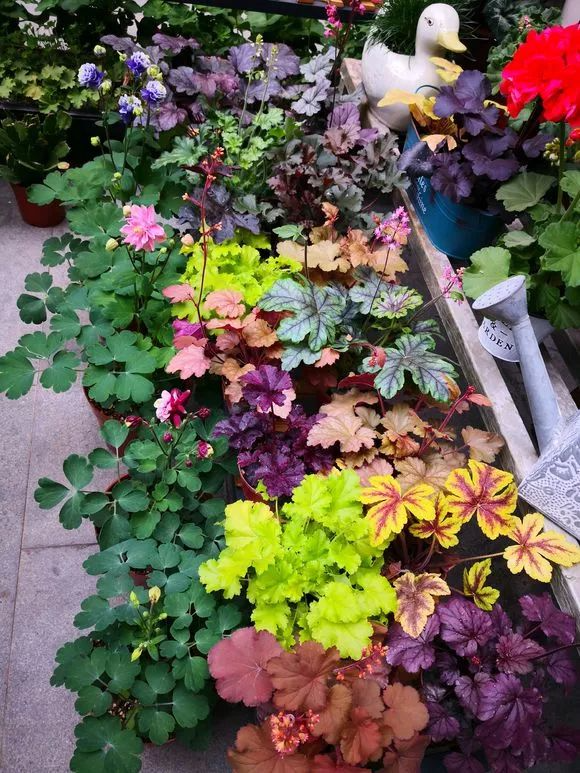
 Transaction guarantee Huahua Preferred Mall boutique alum root, a must-have app for flower cultivation
Transaction guarantee Huahua Preferred Mall boutique alum root, a must-have app for flower cultivation
(Click on the picture above to purchase↑↑)

Hosta - still growing at -15℃
Minimum temperature resistance: -15℃
Hosta is extremely cold-resistant. It can be grown outdoors in the south and most parts of the north and will not die at -15 degrees Celsius. If it is grown indoors, it will turn yellow or fall leaves due to lack of ventilation and high temperature!
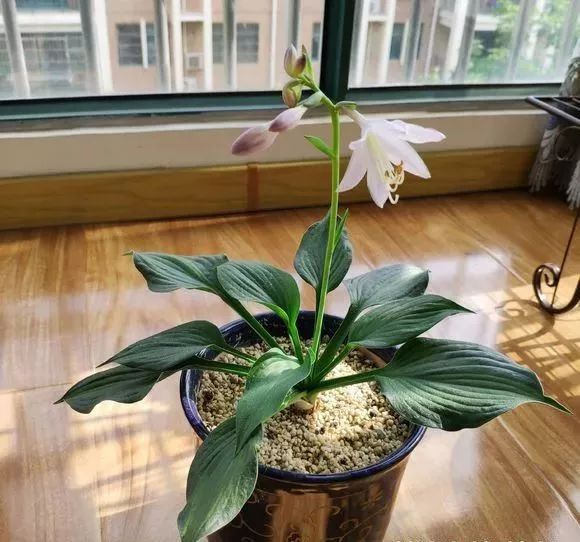
Maintenance points
Hosta grows faster after autumn and needs to be fertilized with nitrogen once a month. Water it when the soil is dry and spray water on the leaves frequently. It is also very shade-tolerant and can bloom if it is maintained in diffuse light.
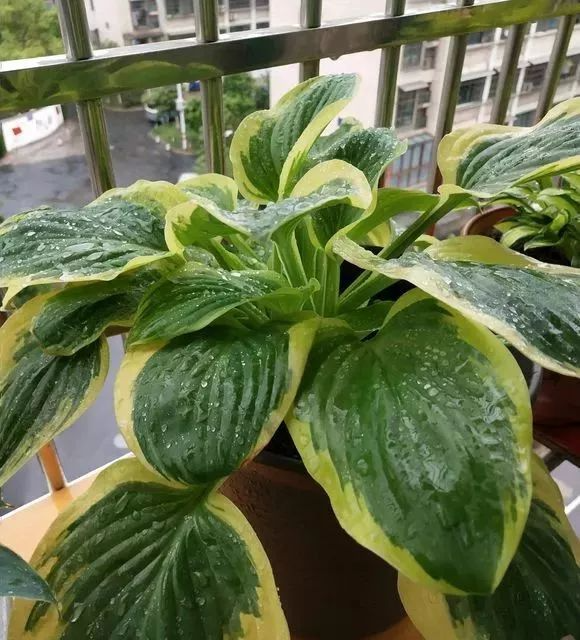

Christmas cactus - strong ability to bloom in winter
Minimum temperature resistance: 5℃
Christmas cactus can withstand low temperatures of 2~3℃ in the south, but in the north there is a risk of frostbite if the temperature is below 5℃, and its growth will be hindered if the temperature is below 10℃, so it is best to keep it indoors in winter.
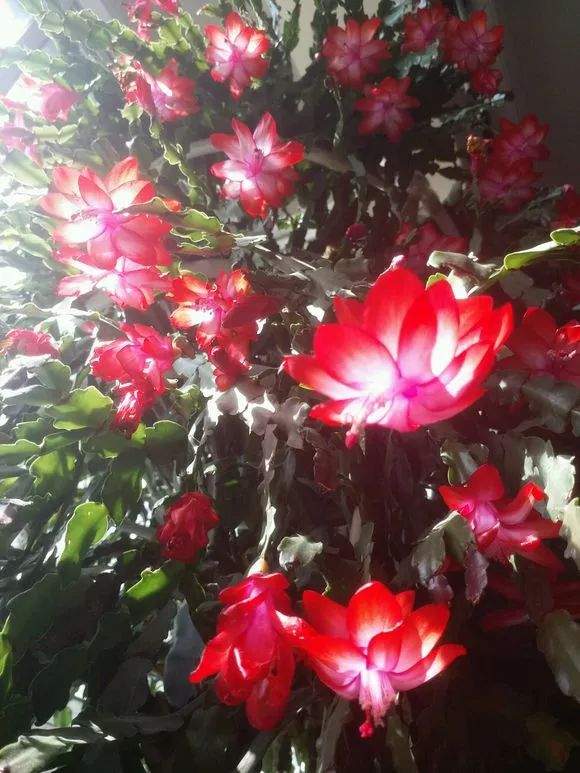
Maintenance points
1. Apply phosphorus and potassium fertilizers before flowering. You can sprinkle some bone meal or eggshell powder on the surface of the pot, or spray potassium dihydrogen phosphate on the leaves; water when the soil is dry and stop watering when the temperature drops below 5°C.
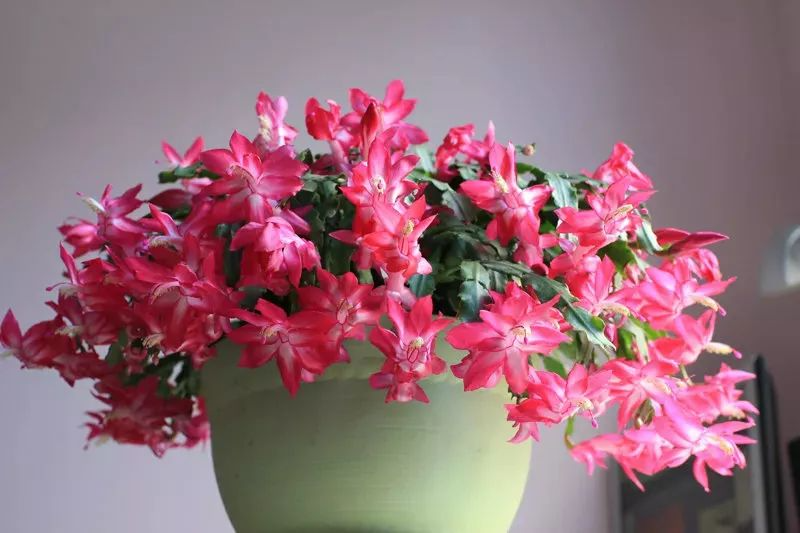
2. If you are afraid of frostbite, you need to prune after the flowers fade, cut the whole plant short, and re-cut the leaves. After cutting, cover them with a plastic bag to keep them warm and moist, which will increase the survival rate.
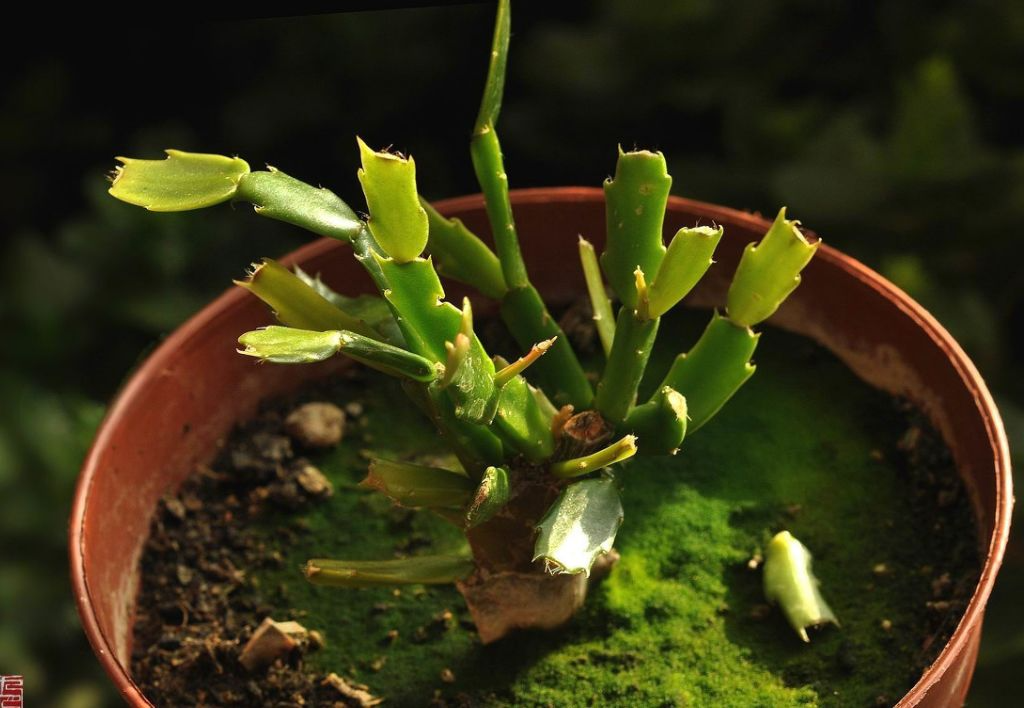

Pansy - Not frozen to death in heavy snow
Minimum temperature resistance: -5℃
Violets are very hardy and cold-resistant. They can be sown in winter and will sprout quickly when placed indoors and will bloom in spring. If they are grown on the balcony in winter, it is best to cover them with a plastic bag.
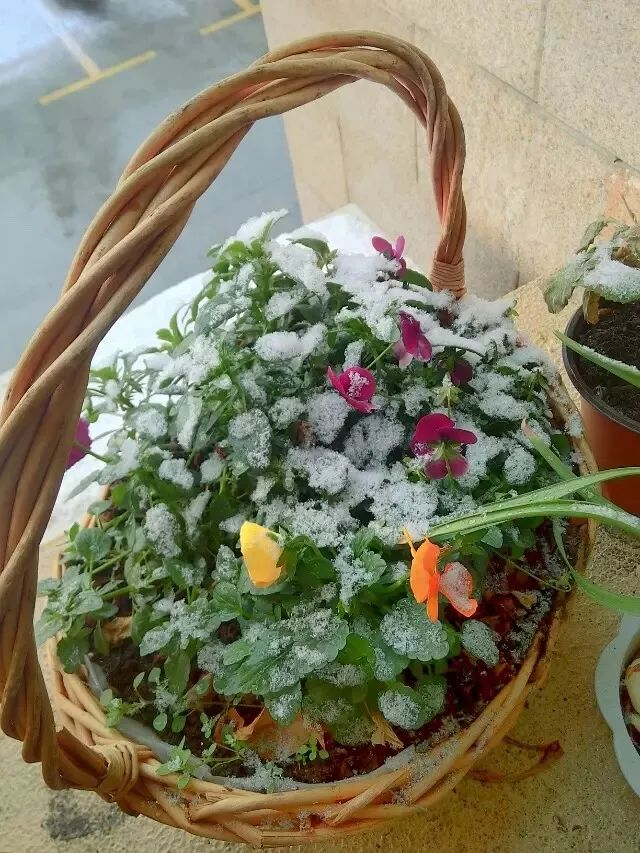
Maintenance points
1. The seeds of viola are small. After sowing, cover them lightly with coarse vermiculite and water them thoroughly. They will sprout after a week and grow 3 to 4 leaves after a month. They need to be transplanted into a flowerpot.
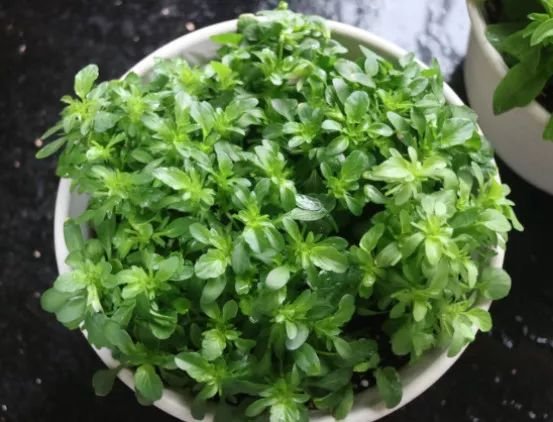
2. If you want the pansy to bloom well, it is best to place it on the south balcony. Insufficient light will cause it to grow too tall; pinch the top several times during the growth period.
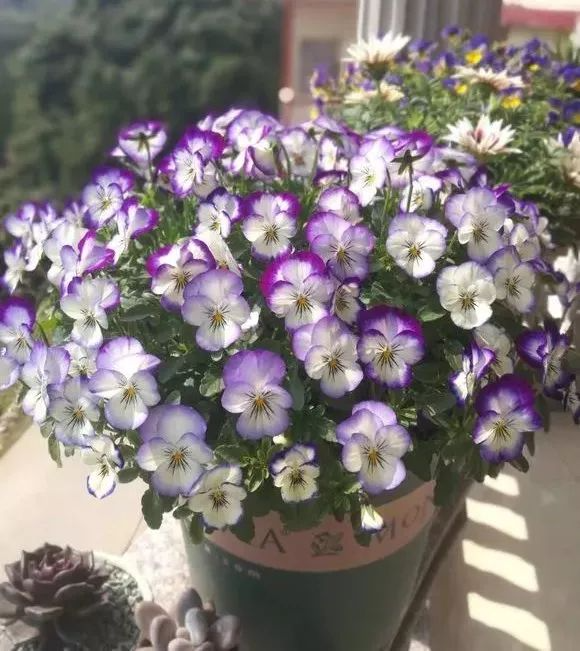

Rieger Begonia - Winter Flowering Machine
Minimum temperature resistance: 0℃
The flowering period of Begonia is very long, and it can bloom even in winter. It is slightly resistant to low temperatures of 0℃. After entering November, it must be brought indoors for maintenance.
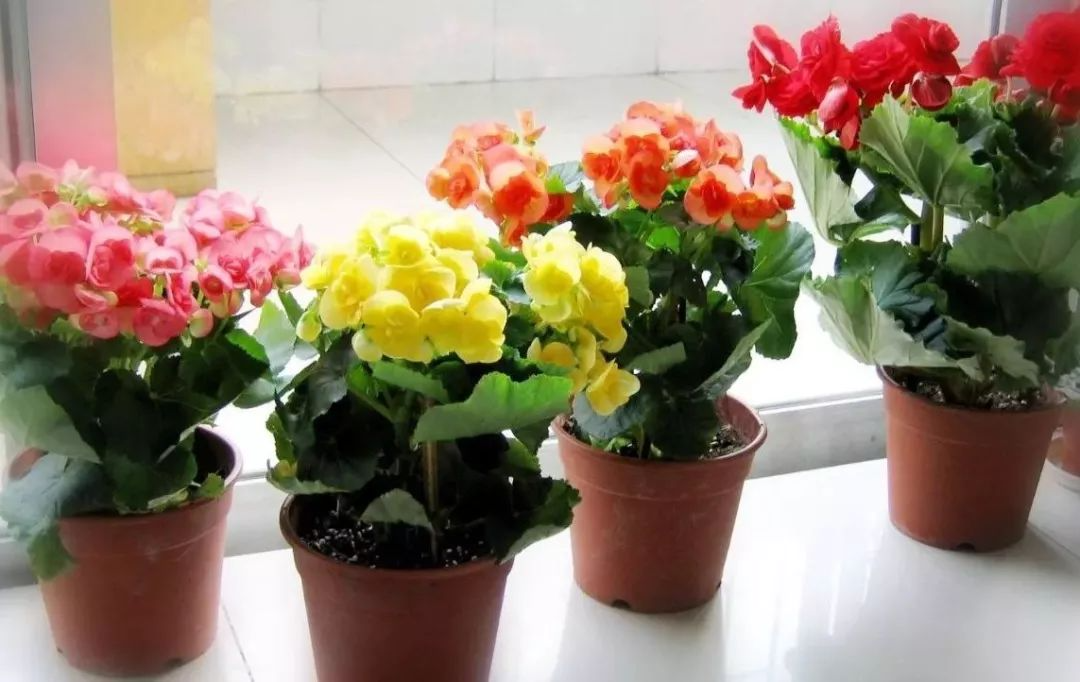
Maintenance points
1. Begonia cannot tolerate direct sunlight. It should be placed in a place with bright diffuse light. Do not move or relocate it frequently, as this will affect its flowering.
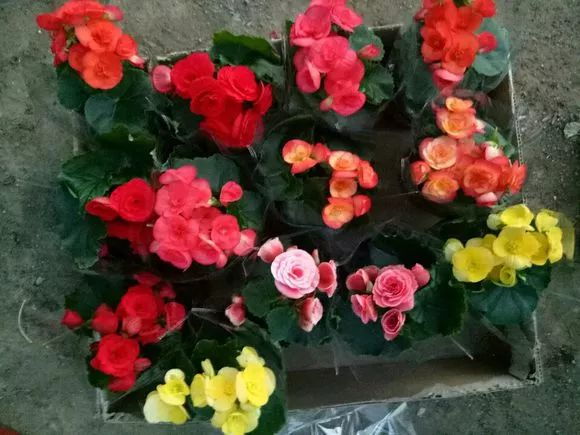
2. Before watering, put your hand into the soil to feel whether it is dry or wet. Do not water unless it is dry. In autumn and winter, water once every ten days or half a month.
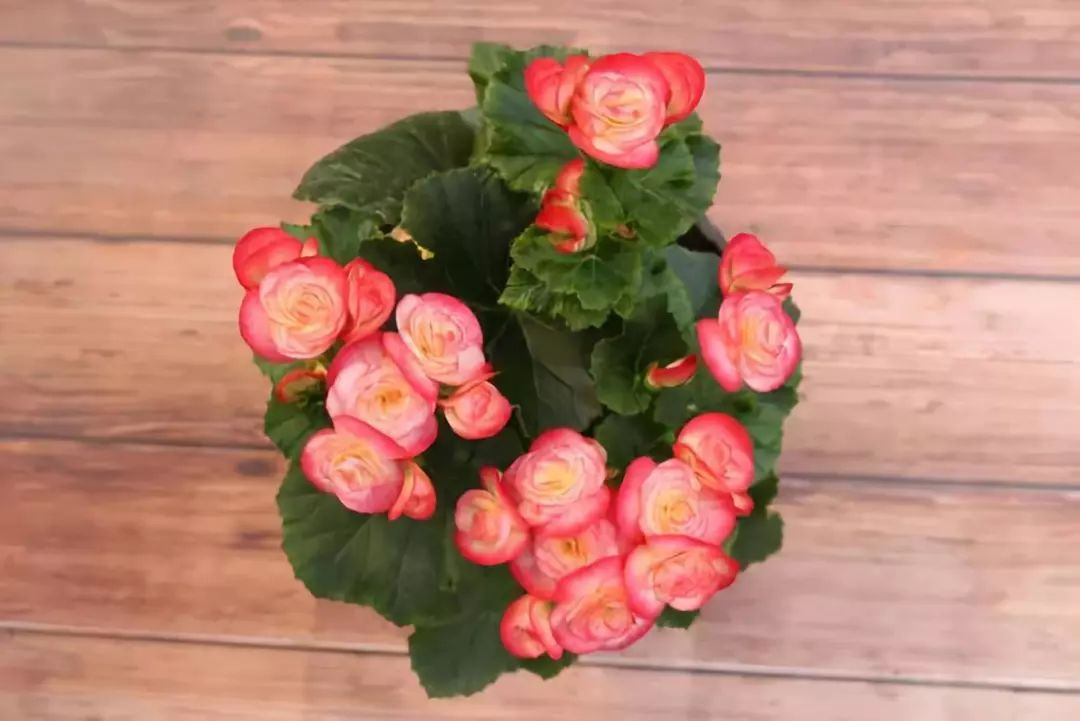

Cymbidium - the most cold-tolerant orchid
Minimum temperature resistance: -4℃
Cymbidium is the most cold-resistant variety of all orchids. It is hardy and easy to grow. Wait until the temperature drops to 4~5℃ before moving it indoors. Bringing it indoors too early will easily cause the roots to rot. But it should be moved outdoors early after the Chinese New Year.

Maintenance points
1. "Orchids grow in the shade, cymbidium grows in the sun." Cymbidium orchids must be placed in a sunny place. If the light is too weak, it will easily fall over, develop poorly, and affect flowering.

2. Reduce watering after winter, water once every half a month, and water thoroughly each time; apply some nitrogen fertilizer water every month; there are three requirements for re-flowering: strong light, more fertilizer, and large temperature difference .
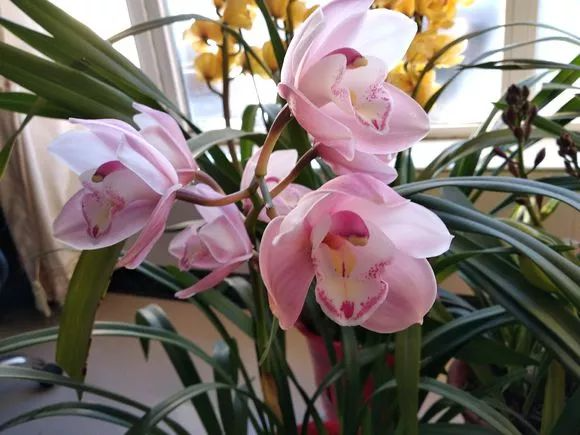
Okay, that’s all I’ll introduce to you today.
In fact, many flowers are not as fragile as you think
If you follow your nature, you will be able to survive the cold in winter.
Too much care will harm them.
Flower lovers, what do you think?